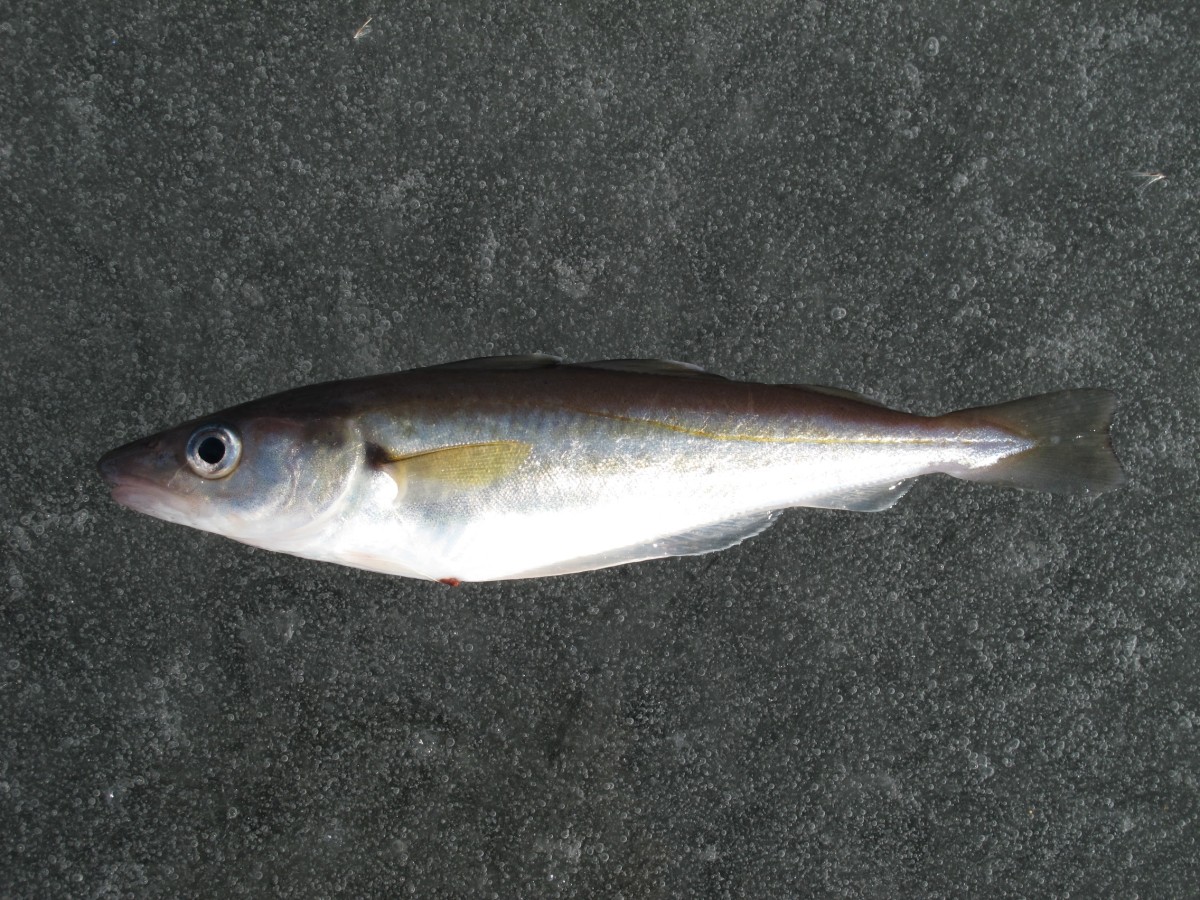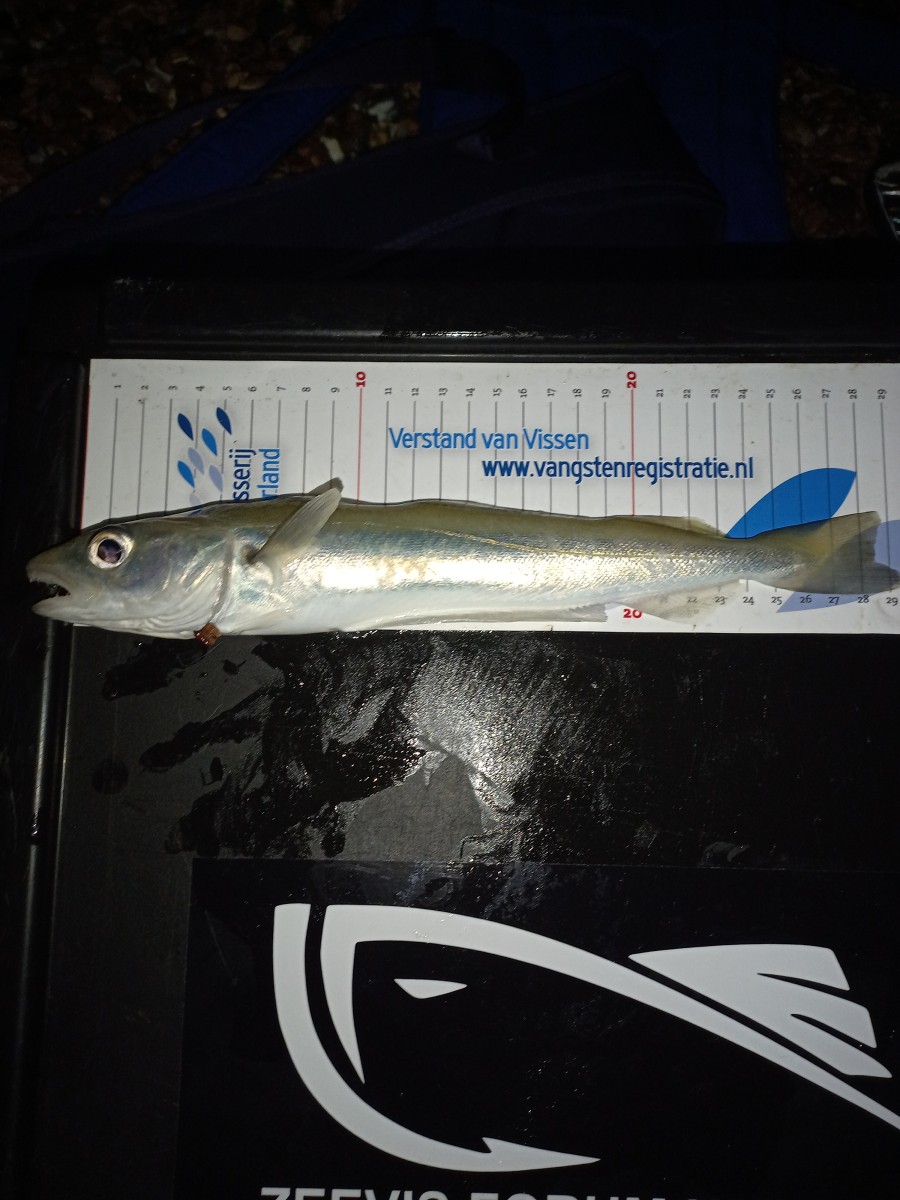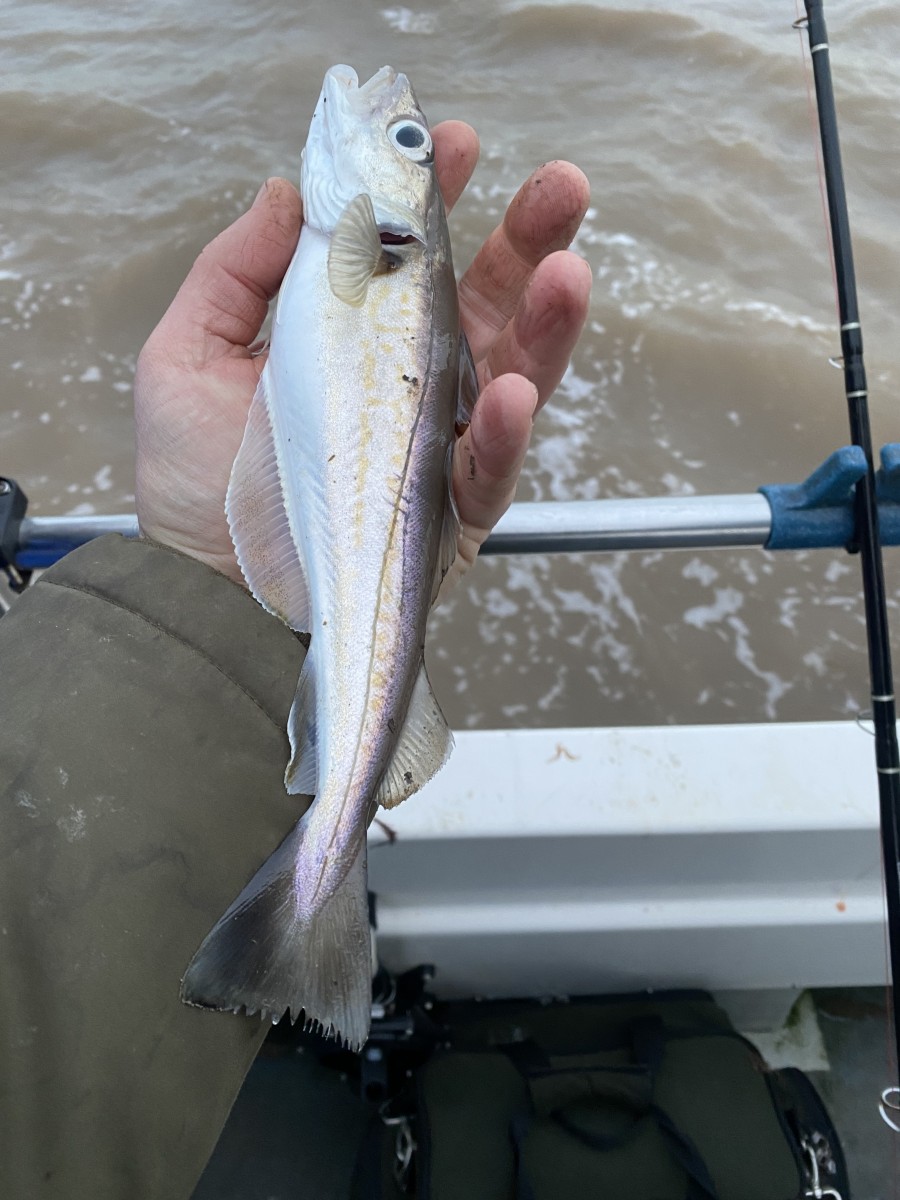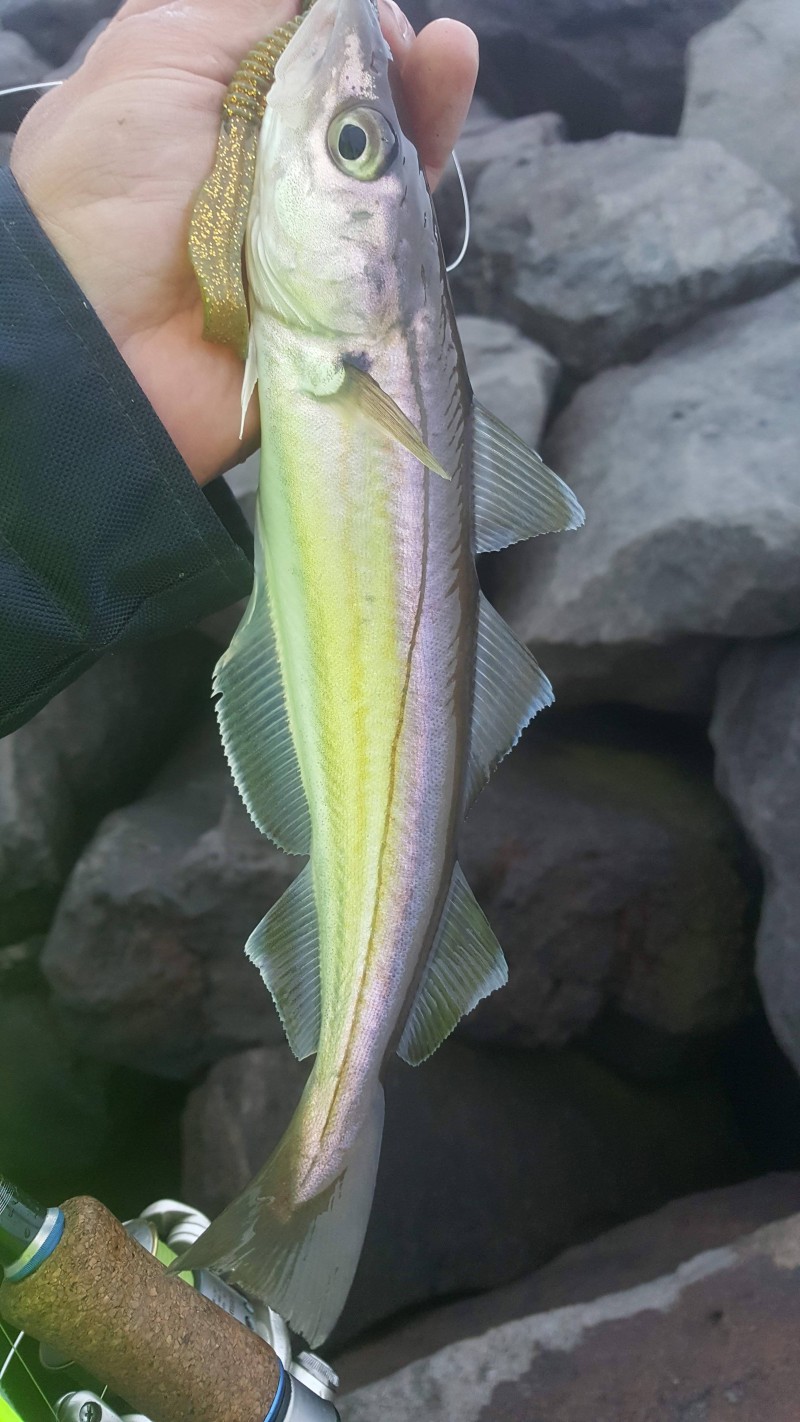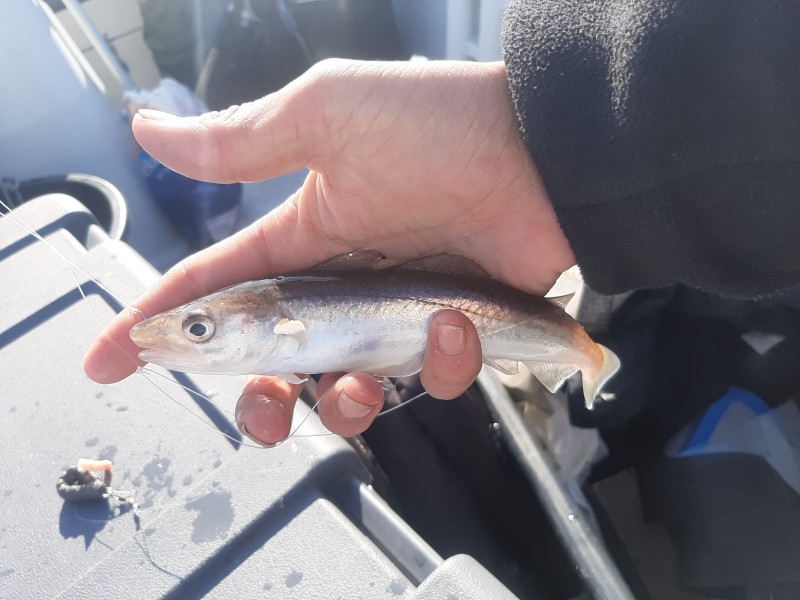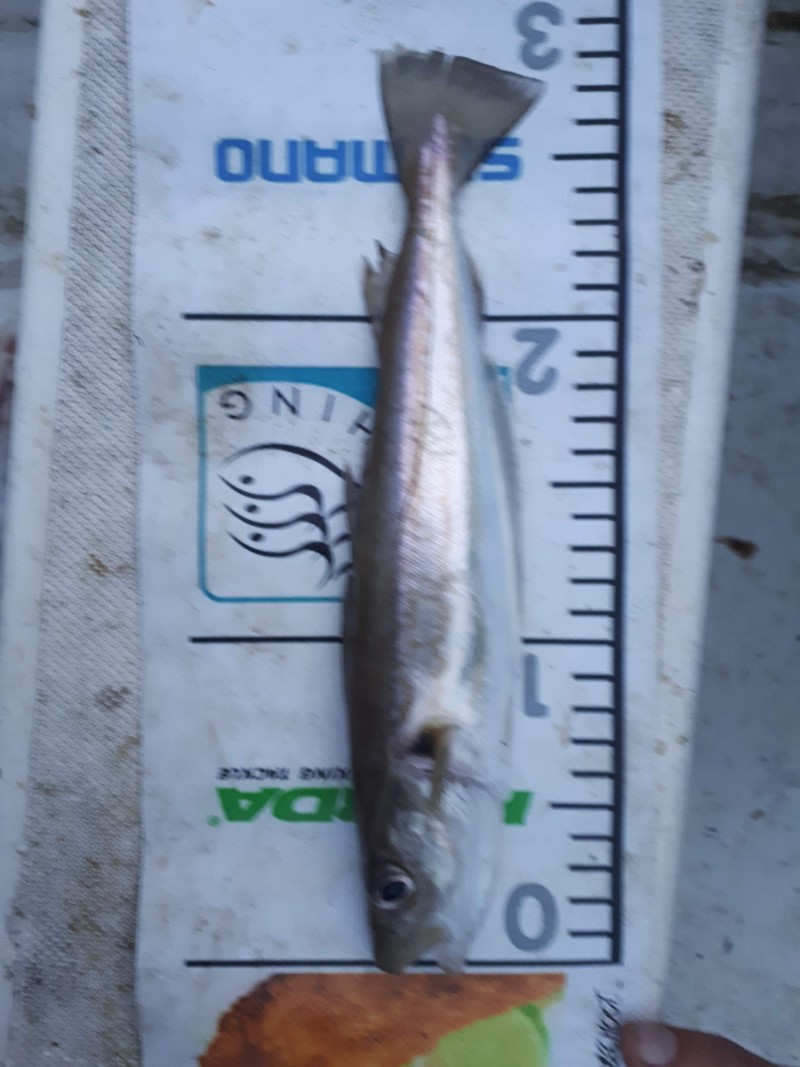Whiting
(Merlangius merlangus)
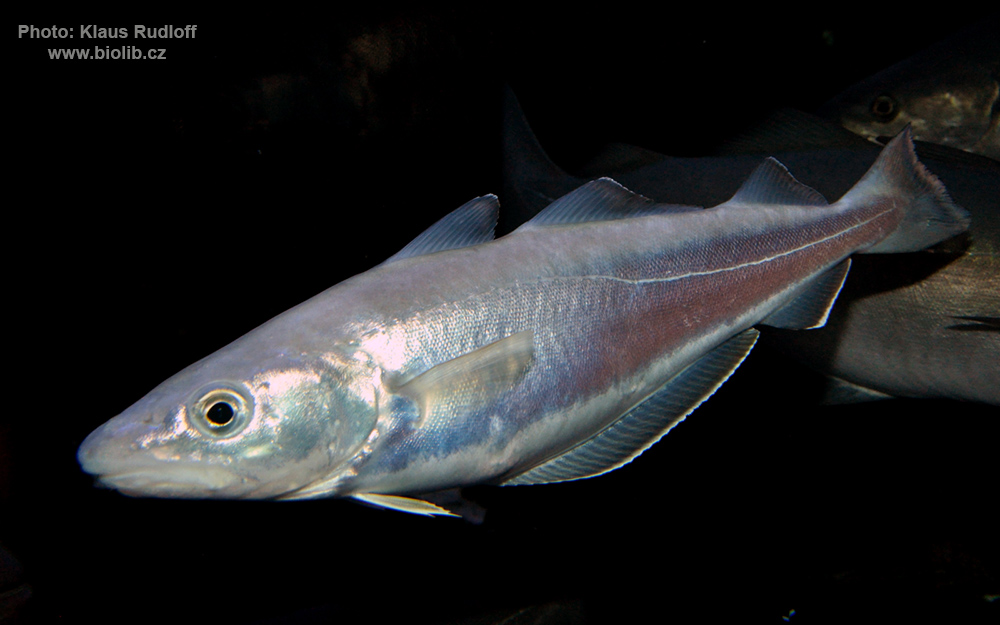
Classification
General data
Merlangius merlangus, commonly known as whiting or merling, is an important food fish in the eastern North Atlantic Ocean and the northern Mediterranean, western Baltic, and Black Sea. In Anglophonic countries outside the whiting\\\\\\\\\\\\\\\\\\\\\\\\\\\\\\\\\\\\\\\\\\\\\\\\\\\\\\\\\\\\\\\'s natural range, the name has been applied to various other species of fish.
Merlangius merlangus has three dorsal fins with a total of 30 to 40 soft rays and two anal fins with 30 to 35 soft rays. The body is long and the head small and a chin barbel, if present, is very small. This fish can reach a maximum length of about 70 centimetres (27+1⁄2 inches). The colour may be yellowish-brown, greenish or dark blue, the flanks yellowish-grey or white and the belly silvery. There is a distinctive black blotch near the base of each pectoral fin.
Distribution and habitat
Whiting are native to the northeastern Atlantic Ocean. Their range extends from the southeastern Barents Sea and Iceland to Scandinavia, the Baltic Sea, the North Sea, Portugal, the Black Sea, the Aegean Sea, the Adriatic Sea and parts of the Mediterranean Sea. They occur on sand, mud and gravel seabeds at depths down to about 100 metres (300 feet; 50 fathoms).
In 2014, their conservation status was classified as vulnerable in the Baltic Sea.
